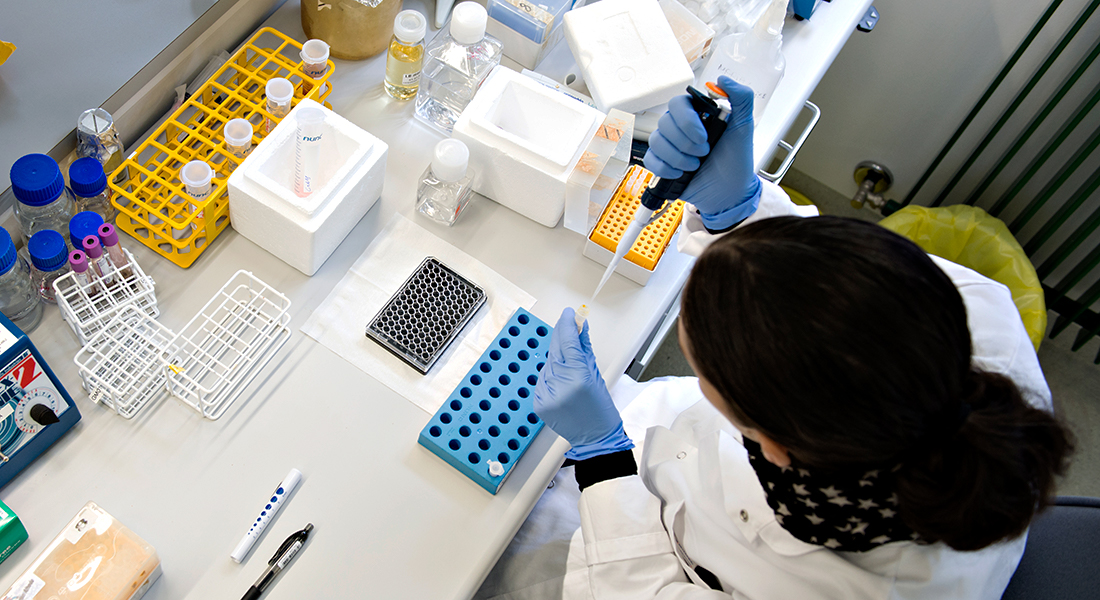Services at the Biofilm Test Facility

At Biofilm Test Facility we mimic reality!
Most knowledge and testing of biofilms are based on in vitro studies where large biofilms are grown on surfaces. However, this may pose a problem for the understanding and development of new treatment strategies in relation to chronic infections, as small, dense aggregates of bacteria, separated by and residing in a secondary matrix is the default mode of growth in most chronic infections. Investigating medical biofilms in chronic infections requires models mimicking non surface-associated biofilm aggregates. For that purpose Biofilm Test Facility offers several specialised and customised biofilm models for testing of antimicrobial compounds and wounds dressings in in vivo like settings.
Filter biofilm model
- Standard test of wound dressings against mature biofilm growing Pseudomonas aeruginosa .
- Method developed at the Costerton Biofilm Center to investigate the efficiency of wound dressings. The method is a fast, reliable biofilm assay to investigate topical treatment regimes.
Semi solid biofilm model
- An in vitro wound model that mimics the non-surface associated spatial distribution of mature biofilms found in wounds and other chronic infections.
- Bacteria are grown in enriched medium to simulate conditions found in wounds.
Alginate bead model
- Model developed at Costerton Biofilm Center aims to mimic the non-attached aggregated nature of biofilms as observed in many chronic infections. Size and distribution of biofilm aggregates are very similar to what is observed in vivo in chronic lung infections of cystic fibrosis patients, as well as chronic wounds.
- Bacteria are embedded in alginate beads, and show high antibiotic tolerance. The beads can be grown in liquid culture, and enables several permutations.
PNA-FISH stain and microscopy
- We offer a wide array of PNA-FISH stains and microscopy of e.g. biopsies with state of the art microscopes.
Animal models
- Mouse implant model (Christensen et al. 2007, Christensen et al. 2012).
- Lung infection model (van Gennip et al. 2009, Moser et al. 1997, Christophersen et al. 2012).
Traditional biofilm models
- Microtiter plates
- Calgary biofilm device
- Flow-cell system
Why choose Biofilm Test Facility?
- We test and visualize your compound, dressing etc. in relevant models for biofilm killing and inhibition.
- We can help develop and benchmark anti-biofilm strategies and diagnostics.
- We have access to state of the art laboratory and microscope facilities.
- We have access to all clinically relevant bacterial and fungal strains, and routinely run biofilm assays on S. aureus, P. aeruginosa, S. epidermidis and P. acnes.
- We cooperate with highly experiences scientific advisors within the field of biofilm research.
- We have access animal test facilities and offer several in vivo models.
